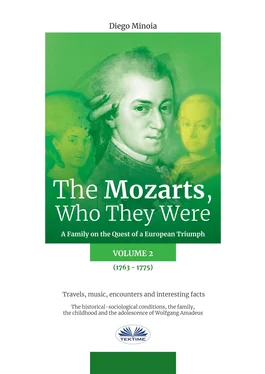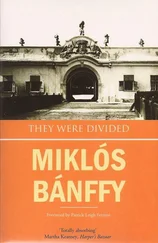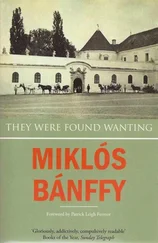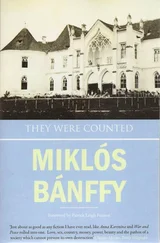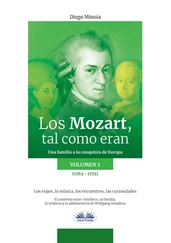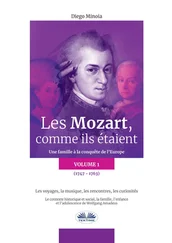1 ...7 8 9 11 12 13 ...16 The risk therefore, for the Mozarts was particularly serious both at the level of possible infections and loss of earnings due to the forced isolation to which the inoculated subject had to be subjected. The practice continued to be used until 1796 when the vaccine introduced by Edward Jenner gradually led to the eradication of the disease.
In Paris, in that autumn / winter 1764, it snowed only once and the climate remained mild, at least this is what Leopold Mozart reports in his letters comparing the temperatures of the French capital with the much colder ones in Germany. On the other hand, the humidity and the rains were frequent, so much so that a silk rain cover was indispensable, which, apparently, almost everyone carried in the bag when they left the house.
The waterproof rain cover and the umbrella
Leopold was certainly used to protecting himself from the rain by using, like everyone in Europe up to that time, hoods or cloaks, so much so that he considered the rain cover a recent invention.
The fashion of the rain cover (note Leopold's use of the French term derived from parapluie) was imported to Paris from England, a territory with known characteristics of rainfall. In reality, the history of the rain cover derives from that, very ancient, of the parasol.
What we commonly call umbrella, in fact, is derived from its name its original meaning: to make shade.
This object is witnessed in ancient times in China and Japan as an attribute of Emperors and Samurai and a symbol of power reserved for them, but we have evidence of its use also in ancient Egypt, in classical Greece and in Imperial Rome.
The ceremonial parasol was used as a symbol of power also by the Popes, first, and later also by the Venetian Doges (who asked the Roman Pontiff for authorization to use it, too).
In epochs closer to us it seems that the custom of the parasol was brought to France (like many other things, including ice cream) by Caterina de 'Medici, in the 1500s, at the time of her marriage to Henry II.
From France the use of the parasol spread to England where in the 18th century, considering the prevailing climate in that territory, it was decided to use it also as a rain cover.
The new fashion then returned to France, where it became commonplace among the wealthier classes.
The frequent and abundant rains also caused the Seine to flood to the point, says Leopold, that many areas of Paris near the river were impassable and a boat had to be used to cross the Place de la Gréve (the current Town Hall square). In the same letter of 22 February 1764, Leopold Mozart announces that he plans to go to Versailles within 14 days to present the Opera before Wolfgang, the 2 Sonatas for harpsichord with violin accompaniment K6 and K7 (dedicated to Victoire, second daughter of King Louis XV) and the second Opera, Le and 2 Sonatas for harpsichord with violin accompaniment K8 and K9 (dedicated to Madame de Tessé, lady-in-waiting at the Court and animator of a famous cultural salon in Paris).
In a letter dated March 4, 1764, Leopold Mozart wants to dispel the prejudice, evidently widespread among his fellow citizens, that the French could not stand the cold. On the contrary, he writes, given that in Paris, unlike elsewhere, the shops of the artisans (tailor, shoemaker, saddler, cutler, goldsmith, etc.) remained open throughout the winter.
Not only that: the shops were open to for viewing by all passers-by and are illuminated in the evening with numerous lamps or appliques fixed to the walls, if not a beautiful chandelier in the middle of the room. Lighting was necessary because, as Leopold is astonished, these Parisian shops remained open in the evening until 10pm, and food shops until 11pm. The women in the house use warmers that they keep under their feet, made up of wooden boxes covered with tin provided with holes from which the heat came out, inside which were placed bricks or embers red-hot in the fire. The cold certainly did not stop Parisians of both sexes from taking walks and showing off in the Tuileries gardens, at the Palais-Royal or on the boulevards. In March, Leopold receives news from Salzburg: the court organist Adlgasser had been financed by the Archbishop to go to Italy to study the musical style that was so successful in Europe.
Leopold had certainly already thought that such an experience would also be necessary for little Wolfgang but this news probably confirmed his idea that the Archbishop, as he had done for Adlgasser (and for other Salzburg musicians, such as the singer Maria Anna Fesemayer on leave to study in Venice) would have financed at least part of the trip and allowed him to abstain again from the duties of his musical role at Court. On 3 March 1764, the Mozarts "lost" (much to the chagrin of the little Wolfgang of whom he was very fond) Sebastian Winter, the servant who had accompanied them from Salzburg for the whole journey to Paris. In fact, he had found a way to enter the service of Prince von Furstenberg as a hairdresser and left Paris to go to Donaueschingen where the Furstenbergs had their residence (which can still be visited today together with the brewery of the same name). Of course, one could not stay in Paris and frequent the beautiful world without a personal hairdresser-waiter, so the Mozarts hastened to find a replacement, a certain Jean-Pierre Potevin, an Alsatian who, given his origins, spoke both German and French well. However, the new waiter had to be suitably dressed, hence new expenses of which Leopold complains.
Providing some information especially addressed to Mrs. Hagenauer, Leopold Mozart takes the opportunity to display all of his opposition (perhaps a little underlined to highlight the sobriety of his ideas and of his modus vivendi) regarding French customs. Meanwhile, for Leopold, the French love only what pleased them and abhorred any kind of renunciation or sacrifice; in the poor times you could not find food that respected the precepts of the Catholic Church and the Mozarts, who ate in inns, were forced to break the ban by eating meat broth or spending a lot on fish dishes, which were very expensive. Fasting was not practiced by Parisians and Leopold, ironically, was anxious to ask for an official dispensation that allows his conscience to be calm while not respecting Catholic prescriptions relating to food.
Even the customs in religious practices are different than in Salzburg: no one in Paris used the rosary in church and the Mozarts are forced to use it hiding it inside the fur muffs that keep their hands warm, so as not to be subjected to curious or annoyed glances. The beautiful churches were few but on the other hand the noble palaces abound that highlight luxury and wealth. Even the carriages are symbols of extreme luxury, completely lacquered in laque Martin (the same one we have seen used for the snuffboxes) and embellished with paintings that would not disfigure in the best picture galleries. In the period of Lent then, unlike the German traditions that provide for the suspension of shows and dances, in Paris the period of reflection and penance is interrupted by inventing the "Ball of the virgins" also known as the "Carnival of the virgins". And here Leopold Mozart makes it clear what he thinks of the morality of the French.
Sex in France and Europe at the time of the Mozarts
While the concept was gaining ground that sexual pleasure was not the exclusive prerogative of man, but must also fall within the female sphere, erotic activity (both literary and practical) spread like wildfire and without the moral restraints that in the past was relegated to the secret of the bridal bed.
Of course, moral rules and laws still condemned promiscuity and prostitution was punished. In Vienna for example, by forcing the guilty girls (the poor ones, of course) to clean the city streets of horse excrement.
Читать дальше
